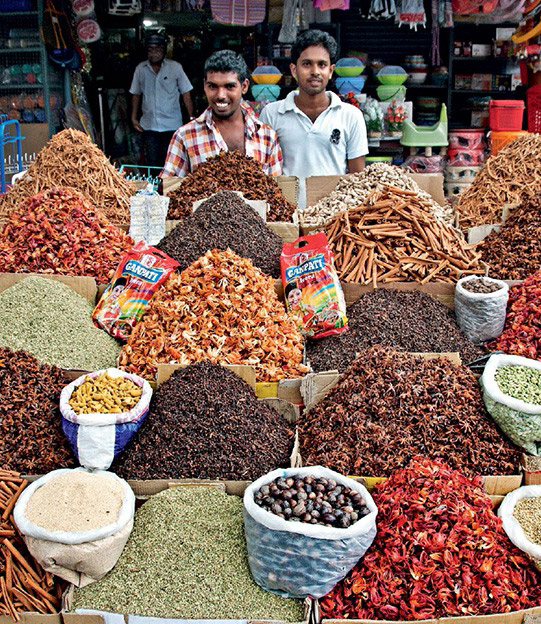The Spice Trade, pivotal in the Bronze Age, was instrumental in creating the earliest global trade networks. This trade transcended the exchange of minerals and ores, encompassing luxury goods like furs, ebony, pearls, and spices, notably cinnamon, ginger, cardamom, turmeric, nutmeg, and pepper. These commodities were traded along two main routes: the overland Silk Road and maritime pathways.
This trade network bridged civilizations from the East and West, fostering significant political, economic, religious, and cultural exchanges. Cities like Xi’an in China, Kerala in India, and Samarkand in Uzbekistan emerged as vital trade, cultural, and intellectual hubs. However, the strategic importance of these centers also made them focal points of conflict and conquest.
Maritime dominance in the spice trade opened avenues for avoiding the terrestrial route’s conflicts and environmental challenges. This quest led to advancements in naval technology and exploration, fueling Europe’s Age of Discovery. European nations sought shorter and safer sea routes to Indonesia and Southeast Asia’s spice-rich regions. Though explorers initially aimed for direct routes to the East, they inadvertently encountered the Americas, redirecting global trade dynamics.
The establishment of new maritime routes via the Red Sea and around the Cape of Good Hope expanded the economic and political influence of European powers like England, Portugal, and the Netherlands. This period marked the beginning of an era of colonialism, driven by the lucrative spice trade, reshaping global history and leaving a lasting impact on the connected continents.

